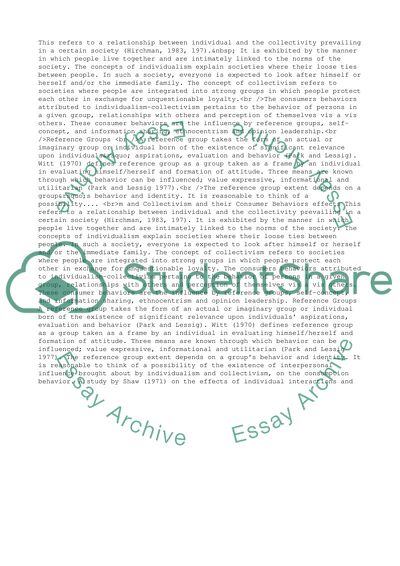Cite this document
(“Buyer behavior Essay Example | Topics and Well Written Essays - 2750 words”, n.d.)
Buyer behavior Essay Example | Topics and Well Written Essays - 2750 words. Retrieved from https://studentshare.org/business/1474702-buyer-behaviour
Buyer behavior Essay Example | Topics and Well Written Essays - 2750 words. Retrieved from https://studentshare.org/business/1474702-buyer-behaviour
(Buyer Behavior Essay Example | Topics and Well Written Essays - 2750 Words)
Buyer Behavior Essay Example | Topics and Well Written Essays - 2750 Words. https://studentshare.org/business/1474702-buyer-behaviour.
Buyer Behavior Essay Example | Topics and Well Written Essays - 2750 Words. https://studentshare.org/business/1474702-buyer-behaviour.
“Buyer Behavior Essay Example | Topics and Well Written Essays - 2750 Words”, n.d. https://studentshare.org/business/1474702-buyer-behaviour.


